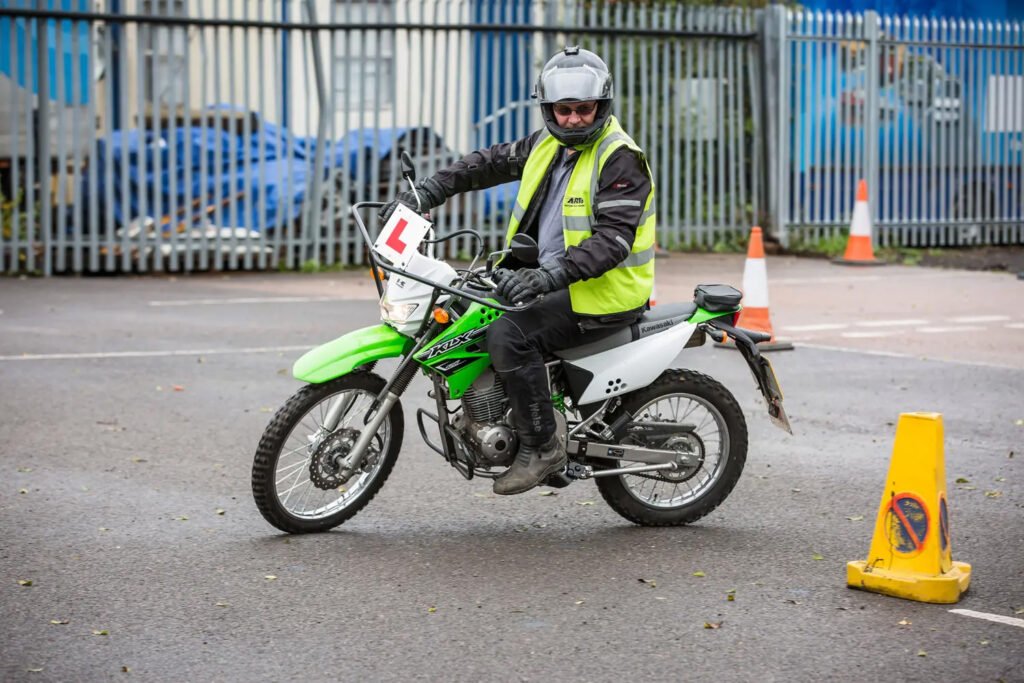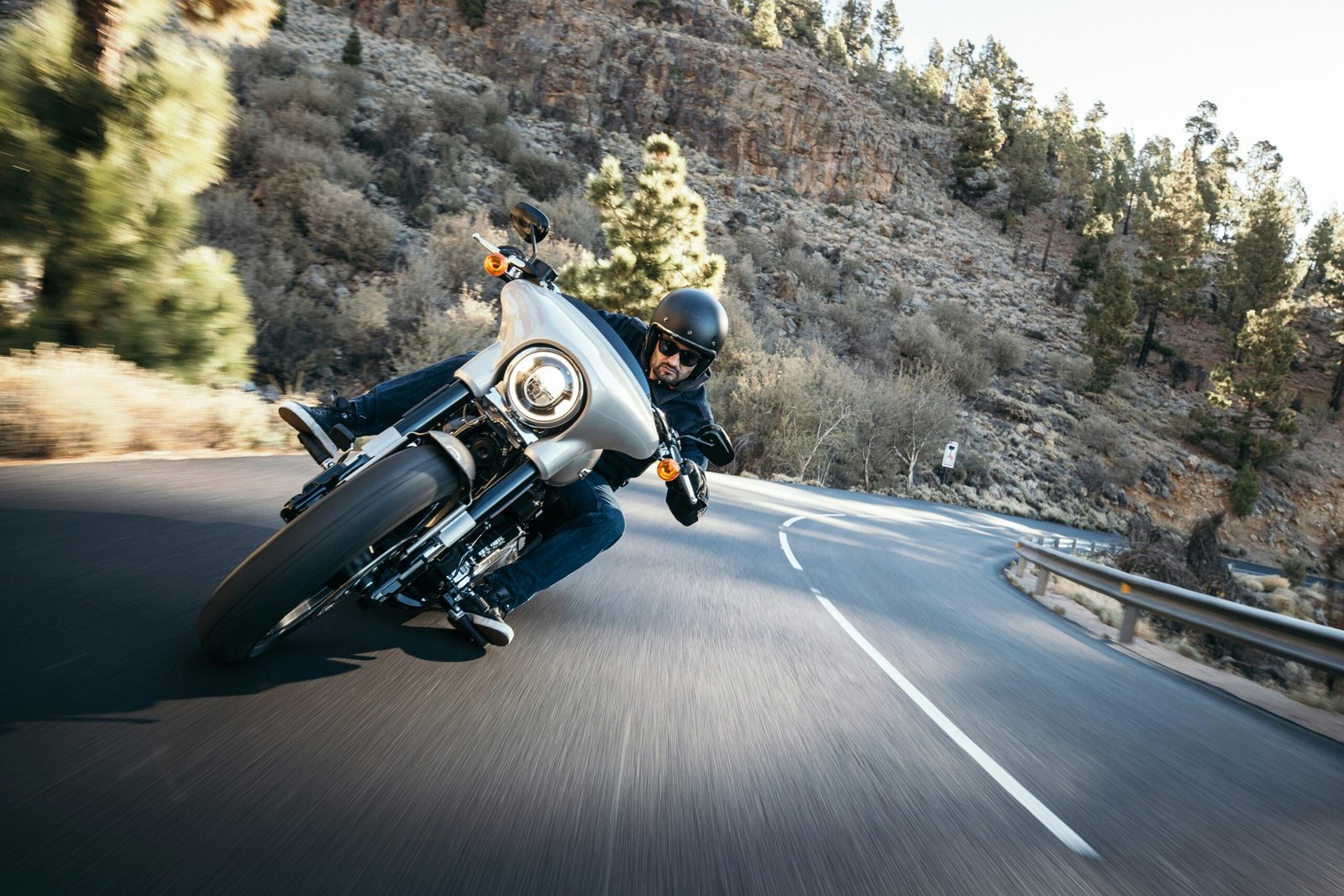How to U-turn on a Motorcycle? When riding a motorcycle, mastering the U-turn is an essential skill that can significantly enhance your confidence and maneuverability. Whether you’re navigating through tight city streets or making a quick turn on a narrow country road, the ability to execute a smooth U-turn can make your rides safer and more enjoyable. In this blog post, we’ll break down the steps to perform a flawless U-turn on a motorcycle and offer tips to help you perfect this maneuver.
Why Mastering the U-Turn is Important
Understanding how to execute a U-turn properly can:
- Improve your riding confidence: Confidence is very important every time you are riding. The first time I started riding, I slowly began improving my riding skills. Initially, there were some problems, but then I rode 300 km or 400 km with confidence.
- Enhance your control over the motorcycle: It is imperative to have upper control of the motorcycle. If you do not apply the brakes or do not have throttle control, you may be in trouble during the U-turn.
- Increase your safety on the road: Sometimes you have to make a U-turn on the road, so it’s always better to be prepared. Practicing U-turns is a must to ride safely.
How to Perform a Perfect U-Turn During Your Motorcycle Test
One of the key maneuvers you’ll need to master for your motorcycle test is the U-turn. This skill demonstrates your control, balance, and precision while riding. A well-executed U-turn can be the difference between passing and failing your test.
In this blog post, we’ll walk you through the steps to perform a perfect U-turn during your motorcycle test, along with some tips to help you ace this maneuver.
Understanding the U-Turn Test Requirements

Before diving into the steps, it’s important to understand what the examiners are looking for during the U-turn test:
- Control: Smooth and controlled handling of the motorcycle.
- Balance: Maintaining balance throughout the maneuver.
- Precision: Staying within the designated boundaries without putting your foot down.
What You Should Do During the Driving Test (U-Turn)
- Slow Down: As you approach the U-turn area, reduce your speed to a comfortable level.
- Check Your Surroundings: Ensure there are no obstacles or hazards in your path.
- Position Yourself: Move to the right side of the lane (for a left U-turn) to give yourself maximum space.
Now I Talk About Normal Road U-Turns

Practice Slow Riding
One of the most crucial and often overlooked skills in motorcycle riding is the ability to ride slowly. This skill, along with low-speed learning, can be intimidating because it’s not something you frequently practice. However, mastering it can significantly boost your confidence and allow you to develop your riding skills gradually without feeling overwhelmed.
To ride at a walking pace, you need to master a few key techniques: slipping the clutch and using the rear brake (avoid the front brake!). This combination helps you control your speed without stalling.
Personally, I like to balance the bike’s forward momentum with the rear brake. The exact amount of throttle, brake, and clutch you’ll need will vary based on your bike’s gearing, torque, throttle response, and weight. Despite these variables, the goal remains the same: smooth and controlled slow riding.
Setting Up for U-Turn Practice
Let’s move on to our first U-turn. Most bikes can comfortably make a U-turn within a 6-meter (or 20-foot) arc, so start by marking two parallel lines about this distance apart.
To simplify, think of practicing your turns within the width of a standard two-lane road. This distance is roughly the same as the space between opposing rows of parking spaces in a typical car park.
In real-world situations, you’ll likely come to a complete stop before attempting a U-turn on a public road. I recommend doing the same while practicing. This stop-and-go approach may feel a bit cumbersome, but it’s crucial for training your brain to include stopping as part of the process. This practice reduces the risk of making impulsive U-turns in front of oncoming traffic without checking first.
To further ingrain this habit, incorporate a mirror and head check into your routine. This way, the entire process becomes part of your muscle memory. The direction of your U-turns, whether clockwise or counterclockwise, depends on the side of the road you drive on.
In Australia, there are clockwise turns because we drive on the left side of the road. For those in the US, Europe, and other regions where you drive on the right, it will be counterclockwise. Bonus points if you practice both directions!
Before we dive into the actual turning lesson, it’s important to visualize the movement pattern you’ll be practicing. Think of it as creating two capital letter “J” shapes, with one rotated 180˚ to form an oval shape.
Here’s what you’ll do: come to a complete stop, then execute a U-turn to face the opposite direction. After the turn, briefly accelerate and decelerate in a straight line until you come to another complete stop. Repeat this sequence, practicing your stops, turns, and straight-line control continuously. Got it? Great!
Doing the U-Turn
If you’ve practiced the slalom exercise enough, your main challenge here will be combining those skills with a clutch start. If you’re not confident starting and leaning the bike into the U-turn simultaneously, break it into distinct steps. Eventually, you’ll want to merge the start and the initial lean into one smooth action.
For riders who haven’t practiced U-turns, the biggest fear is the bike tipping over. At low speeds, your wheels don’t generate enough centrifugal force to keep the bike upright. Many of us have experienced that unsettling moment as beginners when the bike falls over while maneuvering into a parking spot or garage.
Advanced U-Turn Skills & Drills
Think this is too easy for you? Confident you can nail a perfect U-turn with no issues? If so, here are some additional challenges to ensure you’ve truly mastered the U-turn.
First, try reducing the radius of your turn. Do this gradually, making the turn tighter each time, and ensure you master each smaller radius before moving to the next.
While working on this, you’ll likely encounter your steering lock stops. They might surprise you initially, but embrace them. See if you can execute the turn with the steering fully locked for most of the time. Additionally, try adding speed to your turns. This can make them more stable and comfortable, as the increased speed helps avoid the “teetering” feeling that comes with slow movements.
Use Your Turn Signal
Let other drivers know that you are planning to make a U-turn by using your turn signal. This will help to avoid confusion and prevent accidents.
Practice
Practice makes a man perfect; always practice and keep safe.

